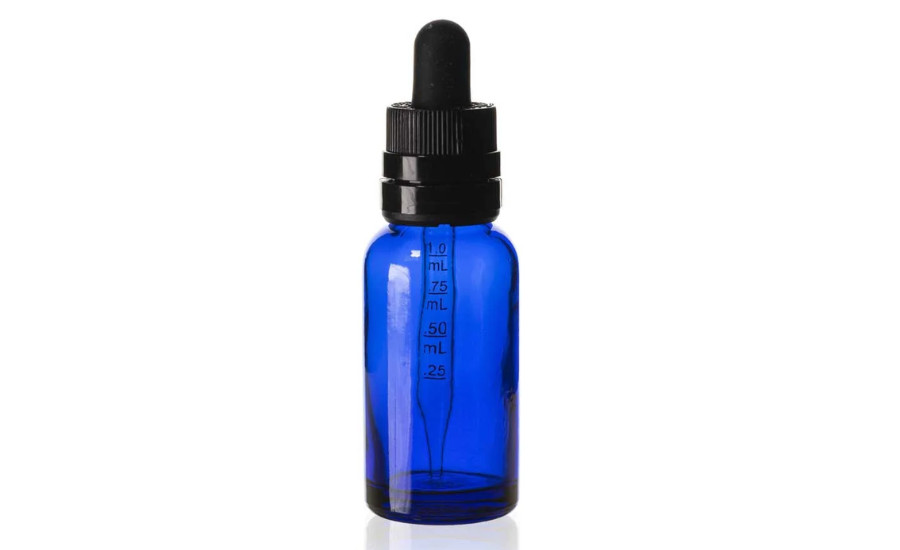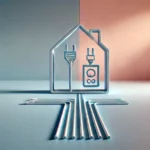Introduction to Rounding mL in an Oz NAPLEX 30
When it comes to pharmacy calculations, precision is key. One area that often trips up aspiring pharmacists is rounding mL in an Oz NAPLEX 30. Whether you’re preparing for the big exam or just brushing up on your skills, understanding how to convert and round these measurements can make a significant difference in your performance.
In this ultimate guide, we’ll dive deep into the nuances of measurement units like milliliters (mL) and ounces (Oz). You’ll learn not only how to convert between these two units but also gain insights into common pitfalls and tips for ensuring accuracy. With practice problems sprinkled throughout, you’ll feel confident tackling any rounding challenge that comes your way. Let’s get started on mastering the art of precision in pharmacy calculations!
Understanding Measurement Units: mL and Oz
When it comes to pharmacy calculations, understanding measurement units is crucial. Milliliters (mL) and ounces (Oz) are two common units used in this field.
Milliliters are part of the metric system, which is widely adopted for precise measurements. They allow pharmacists to determine exact dosages for medications with accuracy.
On the other hand, ounces belong to the imperial system. They’re often used in recipes or when dealing with liquid ingredients in a more general context.
Converting between these units can be tricky without proper knowledge. It’s essential to know how each unit fits into everyday applications and pharmaceutical practices.
A solid grasp of mL and Oz not only enhances your calculation skills but also helps prevent medication errors that could arise from miscalculations or misunderstandings about volumes. Understanding these differences lays a strong foundation for effective conversions later on.
Converting mL to Oz and Vice Versa
Converting mL to Oz is essential in pharmacy practice. Understanding the relationship between these two units can streamline your calculations.
One fluid ounce (Oz) equals approximately 29.57 milliliters (mL). This means if you have a volume in mL, you can divide by 29.57 to convert it into ounces.
For example, if you’re working with 100 mL of liquid, dividing by 29.57 gives you about 3.38 Oz.
Conversely, converting from Oz back to mL involves multiplication. Multiply the number of ounces by 29.57 for an accurate measure in milliliters.
If you’re ever uncertain, using conversion charts or digital calculators can ease the process and ensure precision during your NAPLEX exam preparation.
By mastering this conversion skill, you’ll enhance both confidence and accuracy in your pharmacy calculations.
Tips for Accurate Conversion
To achieve accurate conversions between mL and oz, always begin by familiarizing yourself with the basic conversion factors. One fluid ounce is approximately 29.57 mL. This foundational knowledge will serve as the basis for your calculations.
Utilize a calculator for precision, especially when dealing with larger quantities or decimals. Manual calculations can lead to errors, which could impact patient care.
It’s also beneficial to double-check your work. A second look helps catch mistakes that might slip through during initial assessments.
When in doubt about rounding rules, refer to pharmacy guidelines or NAPLEX prep materials. Familiarity with these standards ensures consistency across various scenarios.
Practice regularly with different examples. The more comfortable you become with conversions, the quicker and more accurately you’ll perform them under pressure during exams or in real-world settings.
Common Mistakes to Avoid in Rounding mL in an Oz NAPLEX 30
Rounding mL to oz can be tricky, especially under exam pressure. One common mistake is miscalculating the conversion factor. Remember that 1 oz equals approximately 29.57 mL; rounding it to 30 mL may lead to significant errors.
Another frequent error arises from not adhering to significant figures. Always round based on the precision of your instruments or given data. Ignoring this can skew results and impact patient care.
Be cautious with mental math too. It’s easy to overlook small values during quick calculations, which might seem trivial but can accumulate into larger discrepancies.
Double-check your work before submission. Simple clerical mistakes—like writing down the wrong rounded value—can cost you points in NAPLEX 30 assessments and affect real-world pharmacy practices as well. Stay vigilant!
Practice Problems for Better Understanding
Practice problems are crucial for mastering rounding mL in an Oz NAPLEX 30. They give you hands-on experience and help reinforce your understanding.
Start with simple conversions, like converting 50 mL to ounces. Knowing that 1 ounce is approximately 29.57 mL makes this easier.
Now, try a more complex example: if you have 200 mL of liquid medication, how many ounces do you have after rounding? The answer should be around 6.76 oz—round it to the nearest whole number if instructed!
Consider practicing with different volumes too. What does it look like for 1500 mL? Converting larger quantities helps solidify your skills.
Don’t forget to check your work! Errors can easily slip in during these calculations, so reviewing your answers enhances accuracy and confidence as you prepare for the exam.
Conclusion and Final Thoughts on Mastering Precision in Pharmacy Calculations
Mastering precision in pharmacy calculations is essential for every aspiring pharmacist. Rounding mL in an Oz NAPLEX 30 can seem daunting at first, but with a solid understanding of measurement units and conversion techniques, it becomes manageable.
Practicing conversions regularly will help you become more comfortable with the process. Remember to keep track of common mistakes that can lead to inaccuracies, as avoiding these pitfalls will enhance your skills.
As you prepare for the NAPLEX exam, focus on honing your accuracy and speed. The ability to convert mL to Oz—and vice versa—efficiently is crucial not only for exams but also in real-world pharmaceutical settings. With diligence and practice, you’ll gain confidence in your calculations and excel in your future career as a pharmacist.

















